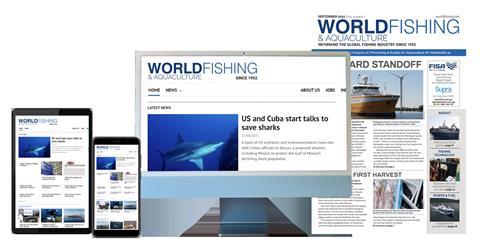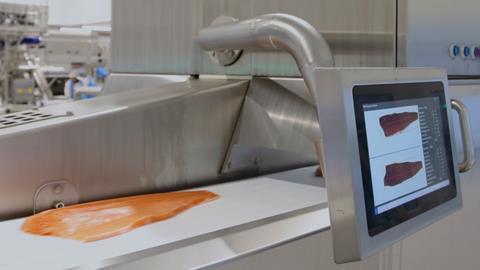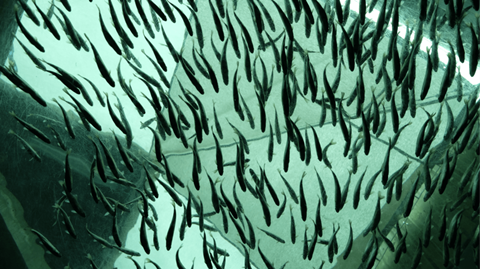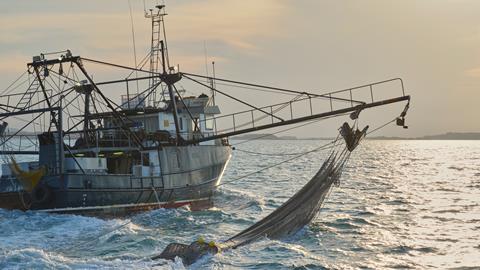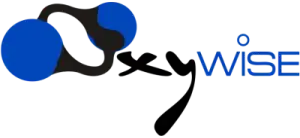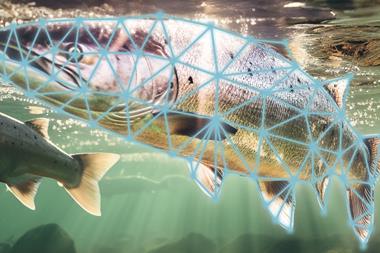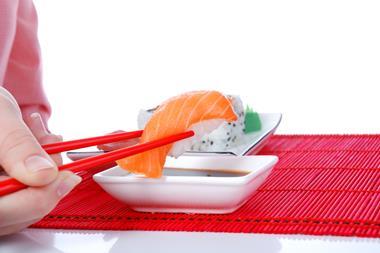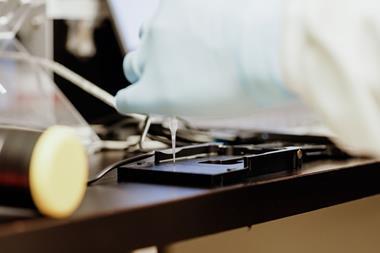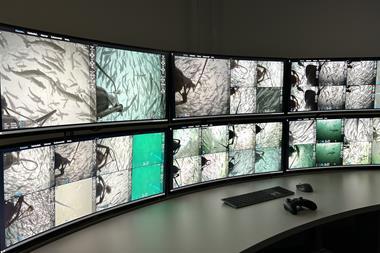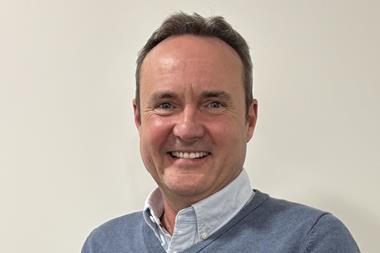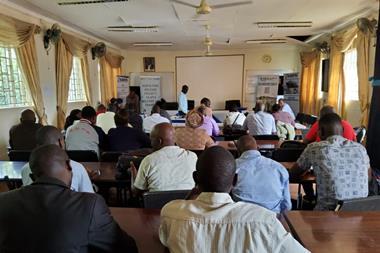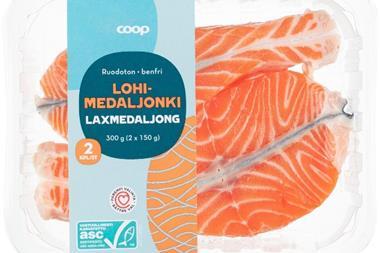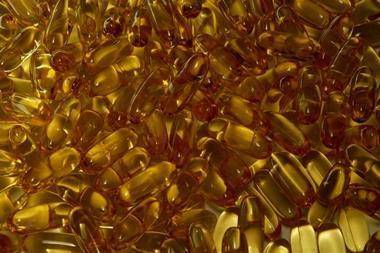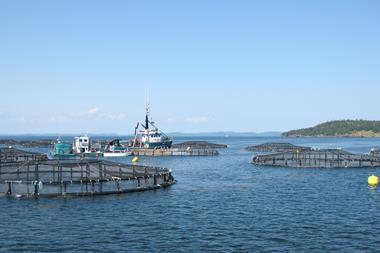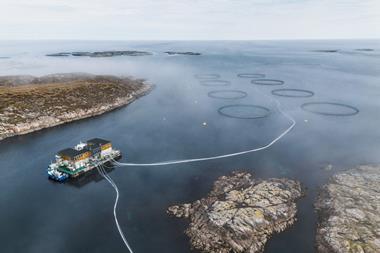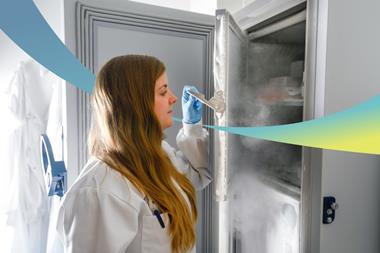Due to its pristine waters and ideal farming conditions, Iceland’s aquaculture industry is experiencing rapid growth. However, one key challenge continues to slow the pace of expansion: the high cost of oxygen.
In aquaculture, oxygen is critical for ensuring healthy fish growth, particularly in high-density systems with insufficient natural oxygen levels. Traditionally, fish farms in Iceland have relied on deliveries of liquid oxygen or compressed oxygen cylinders. While effective, these methods are expensive and can hinder long-term business growth. Fortunately, more cost-effective solutions, such as self-generated oxygen from pressure swing adsorption (PSA) generators, are now available.
The Role of Oxygen in Aquaculture
In modern aquaculture, maintaining optimal oxygen levels is vital for fish welfare and productivity. Fish rely on oxygen for respiration, and in intensive farming operations, oxygen depletion can lead to poor growth rates, increased stress, and higher mortality. To prevent this, farms often use high-purity oxygen to boost water oxygenation levels, improving overall fish health and feed conversion efficiency.
However, the traditional method of obtaining oxygen via deliveries of liquid oxygen or compressed oxygen cylinders is not only costly but also inefficient. These delivery-based systems lock fish farms into recurring expenses, with prices in Iceland averaging 50,000 ISK per ton of delivered oxygen. This ongoing cost can erode profit margins, especially for smaller farms looking to scale up operations.

The Cost of Traditional Oxygen: A Barrier to Growth
Reliance on liquid oxygen deliveries has proven to be a significant burden for aquaculture businesses. The logistics involved in transporting and storing liquid oxygen drive up costs, while the farm is left vulnerable to potential supply chain disruptions. In an industry where precision and reliability are essential, unpredictable delivery schedules and fluctuating prices can put farms at risk. The costs of these deliveries accumulate quickly, making it harder for aquaculture businesses to remain competitive.
With delivered oxygen priced at around 50,000 ISK per ton, Icelandic fish farms face an uphill battle in keeping their operational costs manageable. To remain profitable, many businesses are seeking more affordable, sustainable alternatives that allow for oxygen on demand.
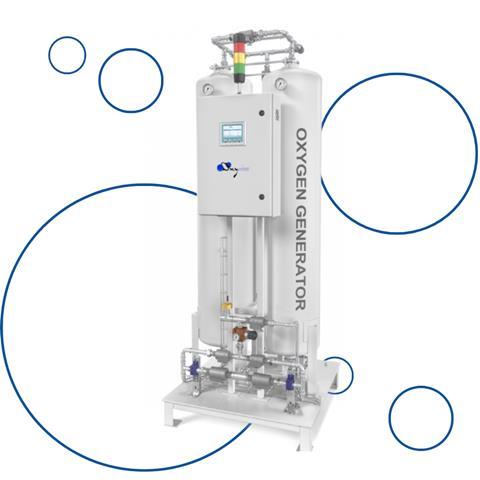
Self-Generated Oxygen: The Game-Changing Alternative
One of the most promising solutions for Iceland’s aquaculture industry is self-generated oxygen via pressure swing adsorption (PSA) technology. Unlike traditional delivery methods, PSA generators produce high-purity oxygen directly on-site, eliminating the need for expensive deliveries of liquid oxygen or cylinders. This not only reduces costs but also ensures farms have a constant, reliable supply of oxygen.
PSA generators work by separating oxygen from nitrogen in the air, providing aquaculture operations with oxygen on demand. This is particularly beneficial for fish farms that need to maintain consistent oxygen levels without relying on external suppliers.
In addition to increased reliability, the cost savings are substantial. A basic cost comparison between traditional oxygen deliveries and self-generated oxygen illustrates the financial benefits.
To produce 1 kg of oxygen using a PSA generator, the system typically consumes about 0.8 kWh of electricity. In Iceland, where electricity costs are around 10 ISK per kWh, the cost of generating 1 kg of oxygen is:
0.8 kWh × 10 ISK/kWh = 8 ISK per kg of oxygen
This translates to 8,000 ISK per ton of self-generated oxygen—compared to 50,000 ISK per ton for delivered oxygen. That’s a significant 84% reduction in oxygen costs. With such savings, aquaculture businesses can recoup their initial investment in a PSA system in as little as two years, making it a highly attractive alternative to liquid oxygen deliveries. Cost saving is not the only benefit that oxygen generators can bring to any fish farming business.
Further benefits of Pressure Swing Adsorption Systems
Beyond the direct cost savings, the switch to self-generated oxygen offers other advantages. With oxygen on demand, farms can avoid the logistical headaches of scheduling deliveries and storing bulky oxygen tanks. This allows for greater operational flexibility and more predictable oxygen availability, reducing the risk of oxygen shortages that could harm fish health and productivity.
By installing PSA systems, fish farms can also reduce their environmental impact. Unlike liquid oxygen deliveries, which involve transportation and associated emissions, self-generated oxygen is produced on-site using clean, renewable Icelandic electricity, aligning with Iceland’s national commitment to sustainability.
The investment in a PSA generator also protects businesses from market fluctuations in oxygen prices, providing long-term stability and improved financial forecasting. This gives aquaculture companies the freedom to focus on growth, without worrying about rising oxygen costs or supply chain delays.
Oxywise – the Leading Provider of PSA Oxygen Generators for Fish Farming
In the evolving landscape of aquaculture, maintaining optimal oxygen levels is crucial for fish health and farm productivity. Oxywise stands out as a premier provider of on-site oxygen generation solutions tailored specifically for fish farming operations.
Oxywise’s PSA oxygen generators are designed with the specific needs of aquaculture in mind, offering a range of capacities from 1 to 430 m³/h, accommodating various farm sizes and oxygen demands and providing a vast array of oxygen generator setups from small units to tailor-made systems. The generators operate with outlet pressures between 2 to 8 barg, ensuring compatibility with different aquaculture systems.
Key features include fully automated Siemens control systems with touchscreen interfaces, built-in oxygen analyzers for continuous purity monitoring, and robust stainless steel piping for enhanced durability. These design elements collectively contribute to a reliable and user-friendly oxygen generation system that can operate uninterrupted, even under dynamic load conditions.
Beyond the generators themselves, Oxywise provides comprehensive solutions to enhance the oxygenation process in fish farms. Their product lineup includes oxygen cones, which efficiently dissolve oxygen into water, maximizing oxygen transfer rates and ensuring uniform distribution throughout fish tanks or ponds. Additionally, Oxywise offers gas distribution panels that precisely control oxygen flow based on real-time data from farm operations, allowing for optimal oxygen management and improved fish health.
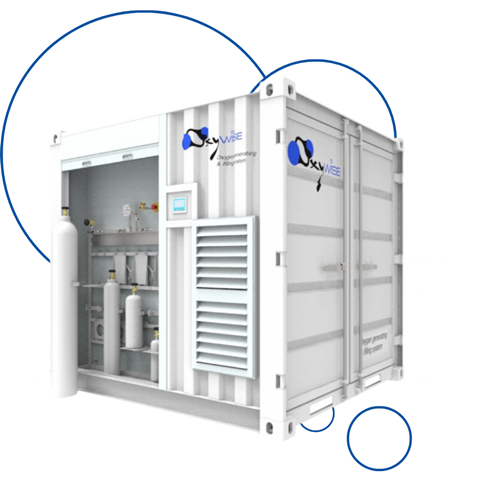
Conclusion
For Iceland’s aquaculture industry to continue thriving, transitioning away from costly liquid oxygen deliveries to self-generated oxygen using pressure swing adsorption systems is the clear path forward. With high-purity oxygen produced at a fraction of the cost, farms can save up to 84% on oxygen expenses, improve operational reliability, and enhance sustainability efforts.
In a competitive industry where margins are often tight, embracing this liquid oxygen alternative allows fish farms to focus on what truly matters: scaling their operations, improving fish welfare, and achieving long-term success. By adopting PSA oxygen generators, Icelandic aquaculture can unlock new levels of profitability and secure its place as a leader in sustainable fish farming.
Oxywise offers aquaculture businesses a comprehensive and cost-effective solution for on-site oxygen generation. Their advanced PSA technology, coupled with a range of complementary products and a focus on sustainability, positions Oxywise as a leading partner for fish farms aiming to optimize operations and promote healthy, high-yield fish production.
By making the switch, farms can enjoy the benefits of cheap oxygen without sacrificing quality or reliability, paving the way for a more sustainable, profitable future.

